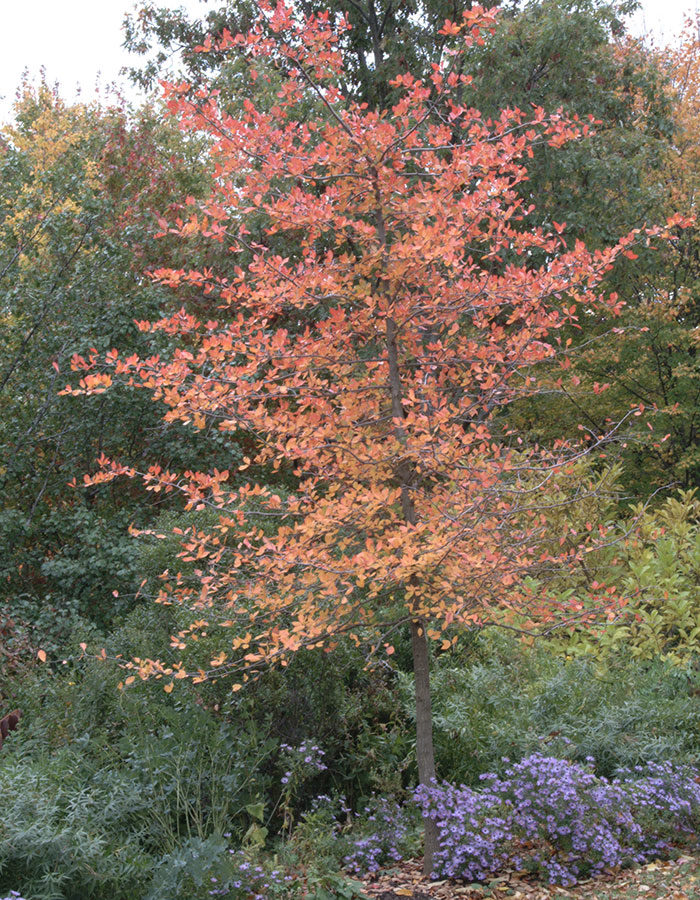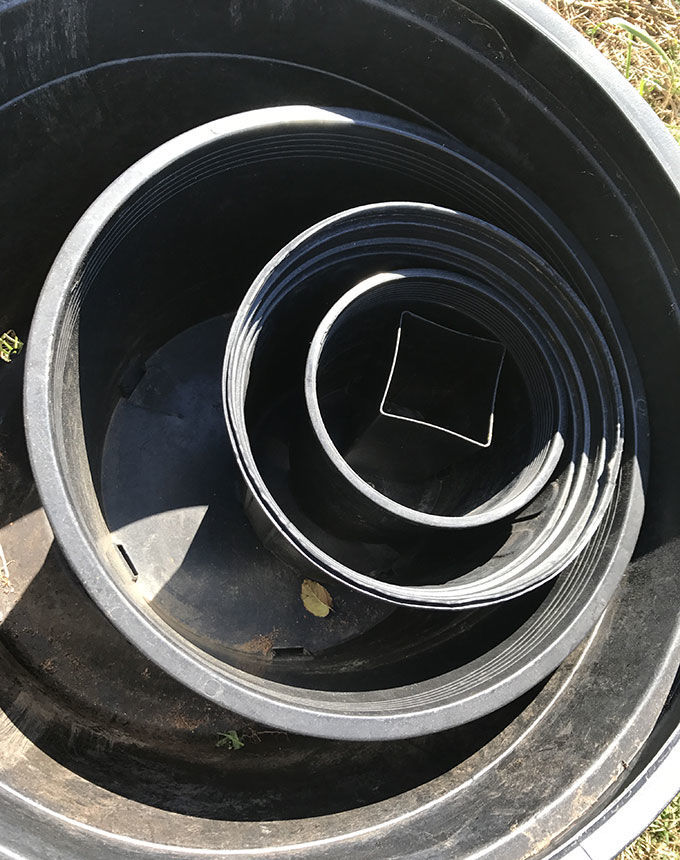
Fall is one of the absolute best times for planting. This rings true for those of us in the South wanting to add trees, shrubs, or more herbaceous perennials to our landscape. For the average home gardener, fall’s advantage over spring or summer is in the ease of up-front maintenance for newly added plants. This mostly comes in the form of not needing to water new additions quite as much.
The first caution to take in fall planting, however, comes with planting anything in fall that may be only marginally hardy in your area. This could take the form of a tree that might sustain an injury if you have a colder than average winter. In my area of Tennessee, this includes crape myrtles (Lagerstroemia spp. and cvs., Zones 7–9). If you live farther south, it might be things like live oak (Quercus virginiana, Zones 8–10) or various hardy palms.

Common Mistakes When Planting Trees
When a tree or shrub dies in the landscape, in some cases the death could have been prevented at planting. It’s not just homeowners who make mistakes. Because of supposed efficiency, or lack of training, professional landscape installers often do not take the steps needed to ensure long-term survival of plant material. Because trees tend to require the greatest up-front investment and because they are often installed incorrectly, the topic of proper planting deserves review. Jason Griffin from Kansas State University provides a very good in-depth look at how you should plant trees based on their packaging in issue 119 of Fine Gardening.

Thou shalt not plant too deep
When planting trees, you need to know what a root flare and and a graft union are. Not all trees have a graft union, but they all have a root flare. The graft union is where a desirable scion has been joined with an acceptable rootstock. Sometimes, but not always, you can see a slight bulge on the stem where the graft took place. This can be near ground level or several feet up.
The root flare is a set of buttressing roots that anchor the tree and signal the start of the tree’s root system. They are aboveground structures and need to remain above ground. The next time you visit a natural area, take note of the trees. My guess is that you will see the root flare on almost every tree. Your goal is to ensure that this remains at or slightly above your original grade of soil. Because of how trees are handled at the nursery, sometimes you may even need to uncover the root flare to make sure you are at the proper depth. If you are unsure, err on the side of planting your tree slightly above grade.

Get to the root of the problem now
Without a doubt, ideas on how tree roots should be treated when planting have evolved over time. The condition of the roots is often dictated by the type of container or packaging your tree is in when you purchase it. The most common tree packaging for homeowners is the plastic pot. When tree roots grow inside these types of containers, they are subject to issues including “circling” and “diving” as they make contact with the edges of the pot. To avoid girdling and to protect the overall structural integrity of a tree in the future, this should be corrected at planting. Trees can be very resilient, and you should not be afraid to prune the roots of a tree before planting. Standard advice has been for gardeners to add three or more vertical slits cut on different sides of the root mass of containerized trees to prepare them for planting. This is not bad advice and will prevent some problems. However, new research shows that “root shaving” may increase your chances of tree survival even more specifically for containerized trees. Root shaving involves removing or “shaving” a small outside portion of the root mass in its entirety (all sides and bottom). Depending on the size of the plant, this can be done with a serrated knife, pruners, or a sharpened flat shovel.

Don’t miss your window
For most of the South, the ground does not freeze solid, if at all. This broadens the fall or early winter planting window. Remember, though, that every tree is different, and you should research the planting needs of each individual species you are going to plant. Early fall can be dry, so make sure to follow up with appropriate watering as needed with anything you plant in fall. Even though planting a tree perfectly does not fully guarantee success, it greatly improves the odds that your tree will be around for generations to come.
—Andy Pulte is a faculty member in the plant sciences department at the University of Tennessee.


















Comments
"Flair" should be spelled "flare."
Apologies if this has already been pointed out. It does deserve editing and correction within the article.
Thank you for a helpful article.
Log in or create an account to post a comment.
Sign up Log in